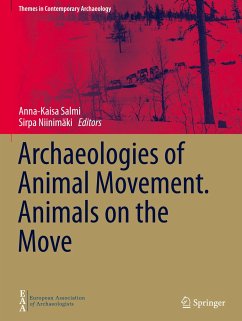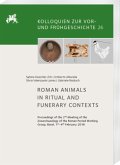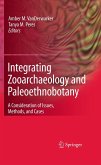This book presents the state-of-the art in the analysis of animal movements in the past and its implications for human societies. It also addresses the importance of animal activity and mobility for understanding past human societies and past human-animal relationships through cases studies from different periods and areas. It is the first book to focus on the archaeology of animal movement on different scales - from fine-tuned muscle movements of working animals to feeding behavior and to long-distance movements across landscapes and regions.
With the recent development of fine-tuned methodologies such as stable isotope analysis and physical activity assessment, the potential to understand how animals moved about in the past has increased substantially. While the chapters in the volume utilize a wide range of archaeological methods, they are all united by an emphasis on understanding animal activity and mobility patterns as something that has a major impact on human societies and human-animal relationships. Chapters in this volume show that animal activity patterns provide information on multiple aspects of human-animal relationships, including analysis of animal management practices, transhumance, global and regional trade networks, and animal domestication. This volume is of interest to scholars working in zooarchaeology and early human societies.
With the recent development of fine-tuned methodologies such as stable isotope analysis and physical activity assessment, the potential to understand how animals moved about in the past has increased substantially. While the chapters in the volume utilize a wide range of archaeological methods, they are all united by an emphasis on understanding animal activity and mobility patterns as something that has a major impact on human societies and human-animal relationships. Chapters in this volume show that animal activity patterns provide information on multiple aspects of human-animal relationships, including analysis of animal management practices, transhumance, global and regional trade networks, and animal domestication. This volume is of interest to scholars working in zooarchaeology and early human societies.








